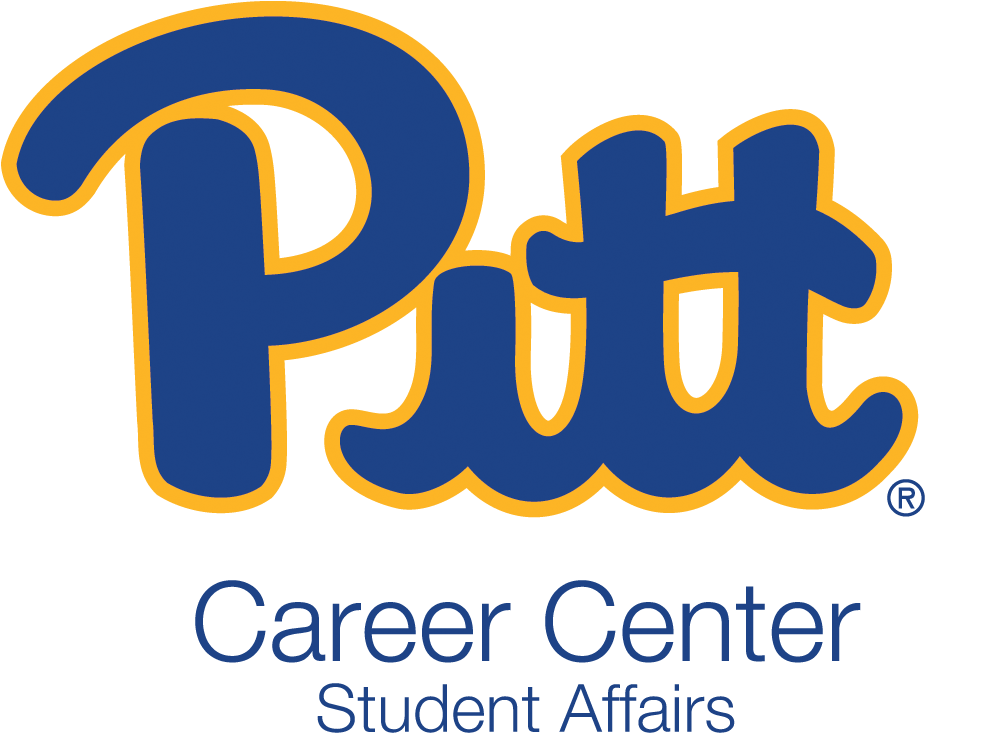Evidence-informed data from sources including the 3rd edition of the Applicant Tracking System (ATS) Usage Report from Jobscan, shows that most companies today rely on applicant tracking systems (ATS) to help them with the hiring process. These companies do not only include the Fortune 500 list. Below you will learn what an Applicant Tracking System is and find some tips and considerations for resume and CV writing.
What is an Applicant Tracking System?
An Applicant Tracking System (ATS) is a system that reads documents by parsing, or electronically analyzing the text. The system extracts key data such as names, job titles, and education, making the recruitment process more efficient. To be successful in submitting your documentation through an Applicant Tracking System it is important to ensure that your resume is ATS-friendly, using standard formatting, following typical section titles, and avoiding fancy embellishments and graphics.
Formatting:
- Clean and straightforward resume format – Prioritize easy-to-read format over artistic layouts.
- Avoid using images, complex designs, and mid-line columns.
- Use standard fonts such as Arial, Calibri, or Times New Roman.
- Create a resume on Microsoft Word.
- To submit: Convert/Save as PDF – (DO NOT PRINT TO PDF to upload.)
- Do not copy-paste information, graphics, or images.
- Avoid placing information in headers and footers: Include essential information within the body of the resume.
- Tailor your resume: Emphasize the most relevant experiences and skills and focus on achievements and responsibilities that align with the role.
- Sweet spot resume length: 475-600 words: Approximately 1 page. This is not policy or compulsory, but according to researching ATS systems, double the number of candidates with 1 page’s resume receive interview invitations.
Summary:
- Tailor your summary to align with the position you are applying for.
- Highlight key qualifications that align with position requirements.
- Do not submit a generalized summary, as this may not align with requirements.
Education Section:
- Write out the full name of the degree.
- Include relevant certifications.
- Relevant Coursework: Course numbers have no meaning on a resume – Course names that reveal skills learned are relevant to the application (mostly for undergraduates for internship applications.)
- If for example, you took a course in Python –the skill as how you apply/applied this, has more value, so make sure to weave skills into the experience sections.
Experience Sections:
- Use the word Experience in your headings for the body of the resume, for example: Related Experience, Leadership Experience, etc.
- Review your job description for keywords relevant to the position.
- Include as many keywords in your resume that align with the job description and requirements as possible.
- Use action verbs that highlight essential skills or competencies.
- Statement written in the past tense is read at a higher rating than present tense, as it is skills considered “owned.”
- Format bullet statement writing: Implemented X for reason Y resulting in Z.
- Relevant skills and keywords boost chances of landing interviews: 60% match rate for hard skills & technical skills, and 28% match rate for soft skills.
Resume vs. CV (Curriculum Vitae) Considerations
Purpose:
- Resume – Industry Internships, Experiential Learning and Jobs, Grad School, Med School.
- CV – Research, Academic, Educational, Scientific Positions, Fellowships and Grants.
Content:
- Resume – Skills, Education, Experiences, and Achievements pertaining to the opportunity to apply for.
- CV – Academic History, Related Experience, Research, Publications, Teaching Experience, Awards, Honors.
Focus and Length:
- Resume – Concise – 1 Page preferred – Typically 1-2 pages.
- CV – Comprehensive – Entire academic and professional journey – 2 Pages and longer.
Keywords:
- Resume – Specifically tailored to the job description.
- CV – Academic and Industry-specific keywords should be present, but tailoring is less common as a CV is a comprehensive history of academic, research, teaching, and professional journey.
Sections:
- Resume – Experience is an important word to list as part of a section heading for example: Related Experience, Engineering Experience, Leadership Experience.
- CV – Standard Sections are expected which include: “Publications”, “Conferences”, “Research” and “Teaching Experience.”
Formatting:
- Resume – Do not use graphics and avoid columns for experience sections. Plain Text is preferred. Do not add content in headers and footers.
- CV – Do not use graphics and avoid columns for experience sections. Plain Text is preferred. Do not add content in headers and footers.
It is important to remember that the elements of an ATS-friendly document are mostly overlapping for resumes and CVs. Regardless of which document you are submitting, always make sure to prioritize clarity, accuracy, relevancy, and consistency.
The ultimate goal is to move past the Applicant Tracking System to impress the human reader.

